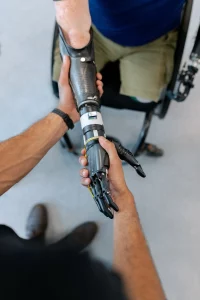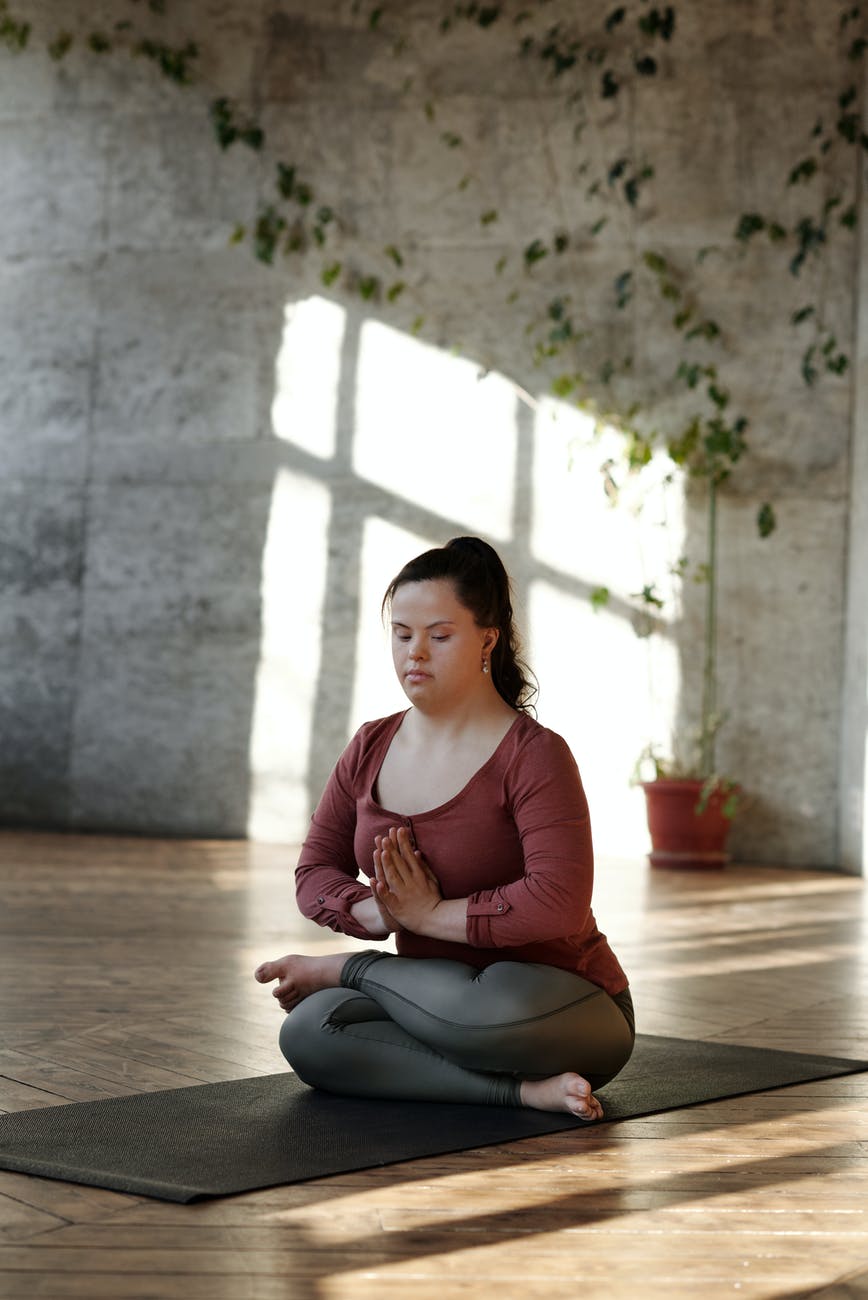A trainer can suggest weight exercises that are tailored to your needs, depending on your disability. This allows you to target certain muscle groups and build a stronger body. There are two main types of weight exercises: aerobic and muscle-building. The choice of a lower-body workout will depend on the type of disability you have. You can also opt for chair-bound exercises. If you are unable or unwilling to move, you can also do weight-based exercises.
Exercises available for disabled people
There are many types of exercises that can be done for disabled people. It all depends on their disability. For example, seated straight stretch will strengthen the hand and forearm muscles. Pushups as well as sit ups and stretches are good exercises for In home care services Melbourne persons. They can increase strength and flexibility throughout the body. These exercises also prevent injuries and boost self-esteem. These are some of the most popular exercises for people with disabilities:
Swimming is a low-impact, low-impact exercise that will help you stay afloat. It will also help people suffering from joint pain improve their cardiovascular system. A wheelchair race is also a great way to get an aerobic workout. The strength of the shoulders and chest muscles that wheelchair sprints provide is not only great for strengthening them but also the heart. If you aren’t sure what exercises to start, take your heart beat at the carotidartery and multiply it four times. This will give you an idea about the intensity of your workouts.
Chair-bound exercises
It is possible to do strength exercises even if you are in a wheelchair. This is a great way to tone up your arms. You can also use a resistance band or a medicine ball. Try performing the exercises with your arms extended out in front of your body. Do not bend at the knees. Similarly, you can also try holding a resistance band or dumbbell at your chest and elbows. Make sure that you do not fall. Beginners can start with ten repetitions and increase the repetitions if necessary.

The seated crunch is a great exercise to target core muscles. Stretch your chest out and sit straight up. Next, bend your elbows to your left and extend your arms out. Keep your feet moving while you do this exercise. Keep your knees together and keep your feet moving. To make the exercise more challenging, you can use a resistance band. You should hold the exercise for between ten and fifteen seconds.
Stretching
Stretching exercises can be beneficial for disabled people. These gentle, moderate exercises help the body strengthen and tone muscles. Disabled individuals can perform these exercises on their own without a trainer’s help. These exercises may improve circulation and reduce pain. To begin this type of exercise program, talk to your doctor or a physical therapist to determine which exercises are best for you. These exercises can also help with other aspects of your healing process.
Broomstick stretches can be a great way of strengthening the upper body, back muscles, and shoulders. This keeps joints mobile and reduces the risk of injury or pain. Stand with your feet and hands shoulder-width apart on the broomstick. Stretch the band by extending your arms at shoulder-width. Repeat the exercise five more times. Gradually increase your reps.
Strengthening exercises
According to the CDC adults with disabilities have a lower chance of getting aerobic exercise and muscle strengthening done than their non-disabled counterparts. Strength-training, in addition to bone-building exercises can improve overall physical condition and prevent falls. A wheelchair user can do some simple exercises while in a wheelchair, including shoulder presses and bicep curls. The right exercises can help disabled people develop and maintain strong upper muscles, improve balance, prevent falls, and keep them from falling.
A chair-based exercise that is suitable for disabled people helps to increase upper body strength and decrease pain by engaging the chest, abs, and shoulders. This exercise is especially useful for wheelchair transfers. Place the wheelchair armrests under your shoulders to strengthen your arm muscles. Press up with both arms and lower back slowly. Use resistance bands to increase the resistance. You should hold the stretch for at most two seconds. This exercise will increase arm strength as well as reduce pain in the upper back.
Swimming
Swimming as an exercise for people with disabilities has many benefits, including improved mental and physical well-being. People with disabilities can improve their quality of life by swimming. This is done by strengthening their muscles, increasing their cardiovascular fitness, and improving their breathing control. Regular swimming may improve breathing and heart function for asthmatics. Swimmers with multiple sclerosis can also benefit from the water’s resistance, which keeps their limbs buoyant.
Although swimming may seem difficult for physically challenged individuals, it can be a fun and safe activity for them. Adaptive equipment can make it easier for the disabled to enjoy swimming without having to learn all four strokes. A pool lift is one example. It allows paraplegics and others with disabilities to sit in a chair and be lifted into the pool. People with other disabilities can also use this lift to swim as an exercise.

